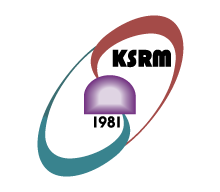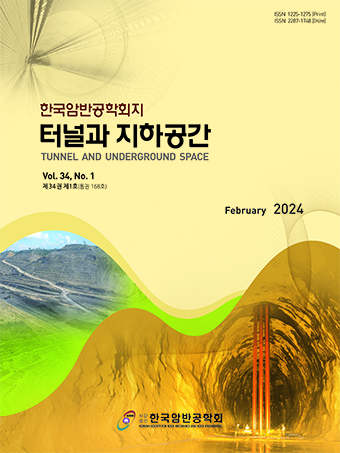Technical Note
Abstract
References
Information
An, M., Zhang, F., Min, K.B., Elsworth, D., He, C., and Zhao, L., 2022, Frictional Stability of Metamorphic Epidote in Granitoid Faults Under Hydrothermal Conditions and Implications for Injection‐Induced Seismicity, Journal of Geophysical Research: Solid Earth, 127(3), e2021JB023136.
10.1029/2021JB023136
Aydan, Ö., Ito, T., Özbay, U., Kwasniewski, M., Shariar, K., Okuno, T., Özgenoğlu, A., Malan, D., and Okada, T., 2015, ISRM suggested methods for determining the creep characteristics of rock, The ISRM Suggested Methods for Rock Characterization, Testing and Monitoring: 2007-2014, 115-130.
10.1007/978-3-319-07713-0_9
Kovari, K., Tisa, A., Einstein, H.H., and Franklin, J.A., 1983, Suggested methods for determining the strength of rock materials in triaxial compression: revised version, In International Journal of Rock Mechanics and Mining Sciences & Geomechanics Abstracts, 20(6), 285-290.
10.1016/0148-9062(83)90598-3
- Publisher :Korean Society for Rock Mechanics and Rock Engineering
- Publisher(Ko) :한국암반공학회
- Journal Title :Tunnel and Underground Space
- Journal Title(Ko) :터널과 지하공간
- Volume : 33
- No :1
- Pages :10-28
- Received Date : 2023-02-06
- Revised Date : 2023-02-14
- Accepted Date : 2023-02-17
- DOI :https://doi.org/10.7474/TUS.2023.33.1.010




 Tunnel and Underground Space
Tunnel and Underground Space








